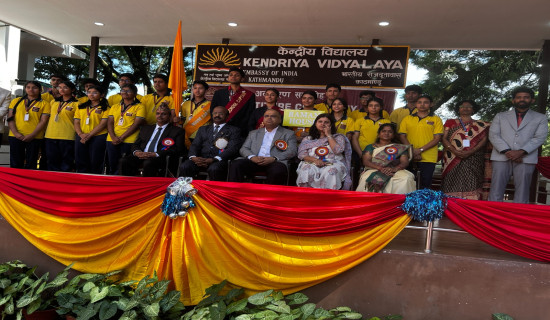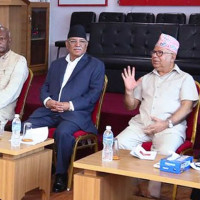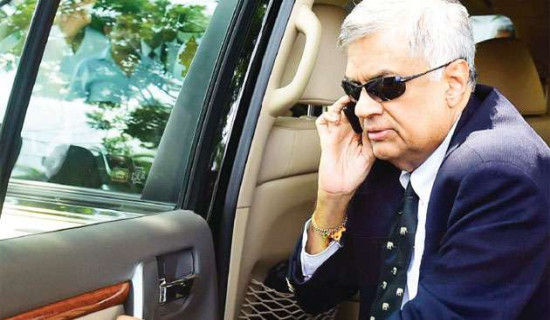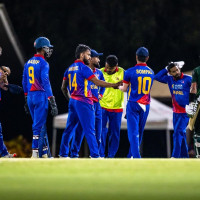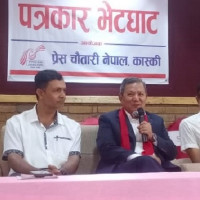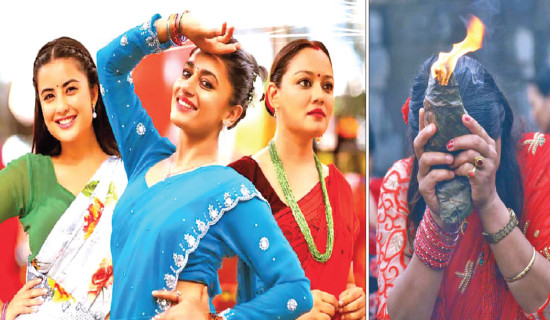- Saturday, 23 August 2025
Never Forget Your Roots
For decades, Nepal has been looking to the West for inspiration regarding development and "progress". As a result, the majority of the architectures of the present constructions are all in the form of concrete rectangular blocks, a mannerism taught in schools leans towards Western morals and festivals are being modeled according to Western practices. The terms “development”, “being cultured”, “progress”, and any other words referring to human growth have been subconsciously linked to the Western standards and practices in the minds of Nepalis, especially the youths.
Rarely does any commercial building reflect the true architectural history of Nepal. The traditional Newari housing is scarce in Kathmandu. Those present have been constructed with the intention of commercialising them and not for family purposes. Doors and windows with intricate carvings have disappeared and even if present, are only seen in the houses of the most elite. Tradition and history have been converted into luxury. Even in the villages, people prefer to build houses that don’t reflect their history or culture.
After the devastating earthquake in 2015, the trend of constructing homes in the western fashion increased, fueled by fear. While it is understandable that such homes are easier to construct and maintain, it is also necessary to remember that the easy way out always comes with a heavy cost. In this case, the cost is the gradual eradication of the architectural history of Nepal.
Furthermore, even the consumer culture has been westernised in a lot of ways. Today’s restaurant's emphasis on minimalism, franchising, and menus that focus on western dishes has led the Nepalis' dining experience to be more sidelined. Even those restaurants that offer pure Nepali dishes have modified the recipes to fit consumer demands and tastes. The authenticity has been erased from the authentic.
Likewise, large-scale fests with huge financial investments are organised to celebrate traditional festivals like Holi, Sankranti and Shivaratri. Youth of the present day book tickets to events on these festivities instead of visiting the temple and celebrating them in the historically practiced traditional manner. They are more attracted by the idea of musical raves than prayers in a temple.
The concept of modernisation has been directly linked with the West in the minds of Nepali people. Maybe because the West has had a head start in development, people in developing countries hold countries like the United States and Canada as the pinnacle of development. Such thinking is far from rational. When one is lacking in options to view as one's goal or inspiration, individuals should not choose the easiest and the only option available.
Instead, there should be an effort to imagine progress while incorporating key aspects of one's culture and history. Being modern or progressive does not have to mean being forgetful of one’s roots and culture. Youths should make a conscious attempt to practice and preserve their cultural practices while they enjoy their time influenced by the West.



